How to Parent Sustainably?
In today's world, where climate change and environmental concerns are at the forefront of global discussions, the concept of sustainable parenting has emerged as a vital approach for modern families. But what does it really mean to parent sustainably? It goes beyond simply recycling or using cloth diapers; it's about instilling a profound respect for the planet in our children while making choices that contribute to a healthier ecosystem. By adopting eco-friendly practices and promoting mindful consumption, we can raise our children to be conscious stewards of the Earth.
Imagine walking through a park with your little one, surrounded by lush greenery and vibrant wildlife. You want to ensure that this beautiful scene remains for future generations to enjoy. Sustainable parenting empowers you to make choices that protect these natural wonders. From the products you purchase to the habits you cultivate at home, every decision counts. It's about creating a ripple effect—one that influences not only your family but also your community and beyond.
So, how do you start this journey of sustainable parenting? Begin by examining your family's daily routines and identifying areas where you can make eco-friendly adjustments. For instance, consider the products you use for your child. Are they made from sustainable materials? Do they come from ethical sources? By choosing eco-friendly baby products, you can significantly reduce your family's environmental footprint. This includes everything from diapers and wipes to toys and clothing, ensuring that what your child interacts with is safe for both them and the planet.
It's essential to remember that sustainable parenting is not about perfection; it's about progress. Every small change you implement can lead to a more sustainable lifestyle. Whether it's opting for organic clothing, reducing waste, or teaching your children the importance of mindful consumption, these actions can shape their values and habits for a lifetime. As you embark on this rewarding journey, you'll find that sustainable parenting not only benefits the Earth but also enriches your family's life in countless ways.
- What are some easy ways to start parenting sustainably? Begin by making small changes, like using cloth diapers, choosing organic baby food, or reducing plastic use.
- Are eco-friendly products more expensive? While some eco-friendly products may have a higher upfront cost, they often save money in the long run due to their durability and reusability.
- How can I teach my children about sustainability? Engage them in activities like gardening, recycling, and discussing the importance of protecting the environment.
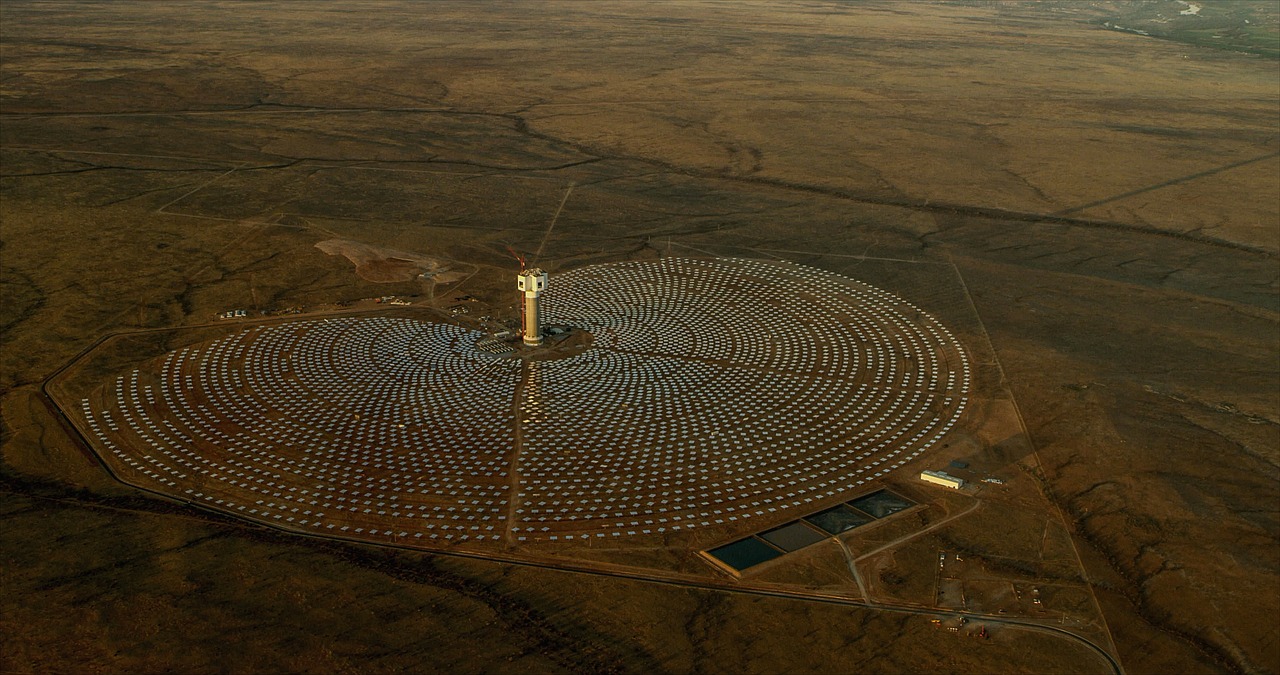
Understanding Sustainable Parenting
This article explores practical strategies for sustainable parenting, focusing on eco-friendly practices, mindful consumption, and fostering a greener future for our children.
Sustainable parenting is more than just a trend; it’s a commitment to raising our children with an awareness of the environmental challenges our planet faces. Think of it as planting seeds for a greener future—one where our kids grow up appreciating the beauty of nature and understanding their role in preserving it. By making conscious choices today, we can help ensure that the world they inherit is healthy and vibrant.
The core of sustainable parenting lies in the idea that every action we take as parents has an impact. From the products we buy to the habits we instill in our children, these choices can either contribute to environmental degradation or promote a healthier planet. So, what does it mean to parent sustainably?
At its heart, sustainable parenting emphasizes:
- Eco-Friendly Habits: Teaching children the importance of recycling, conserving water, and reducing waste.
- Mindful Consumption: Encouraging thoughtful purchasing decisions that prioritize quality over quantity.
- Connection with Nature: Fostering a love for the outdoors and an understanding of ecosystems.
By integrating these principles into our daily lives, we not only reduce our family's ecological footprint but also instill values that our children will carry into adulthood. Imagine a future where your child not only understands the importance of recycling but actively participates in community clean-up events! This is the essence of sustainable parenting—creating a ripple effect that can influence generations.
Moreover, sustainable parenting is about balance. It's about finding ways to enjoy modern conveniences while being mindful of their environmental impacts. For instance, instead of opting for single-use plastic items, consider investing in reusable alternatives. This simple switch can significantly decrease waste and set a powerful example for your little ones.
As we navigate the complexities of parenting in a world filled with consumerism, it's essential to remember that every small step counts. Whether it's choosing organic food for your family or opting for eco-friendly toys, these decisions can lead to a more sustainable lifestyle. And the best part? They often come with added benefits, such as better health and a sense of fulfillment from doing your part for the planet.
Ultimately, sustainable parenting is not just about making sacrifices; it's about embracing a lifestyle that aligns with our values. It's a journey that encourages creativity and resourcefulness, as we look for innovative solutions to everyday challenges. So, let's embark on this journey together, one mindful choice at a time!
Below are some common questions about sustainable parenting:
- What are some simple ways to start practicing sustainable parenting? Begin by reducing waste, opting for eco-friendly products, and teaching your children about recycling.
- Are eco-friendly products more expensive? While some may have a higher upfront cost, many sustainable options save money in the long run due to their durability.
- How can I encourage my child to appreciate nature? Spend time outdoors, engage in nature-related activities, and teach them about local wildlife and plants.
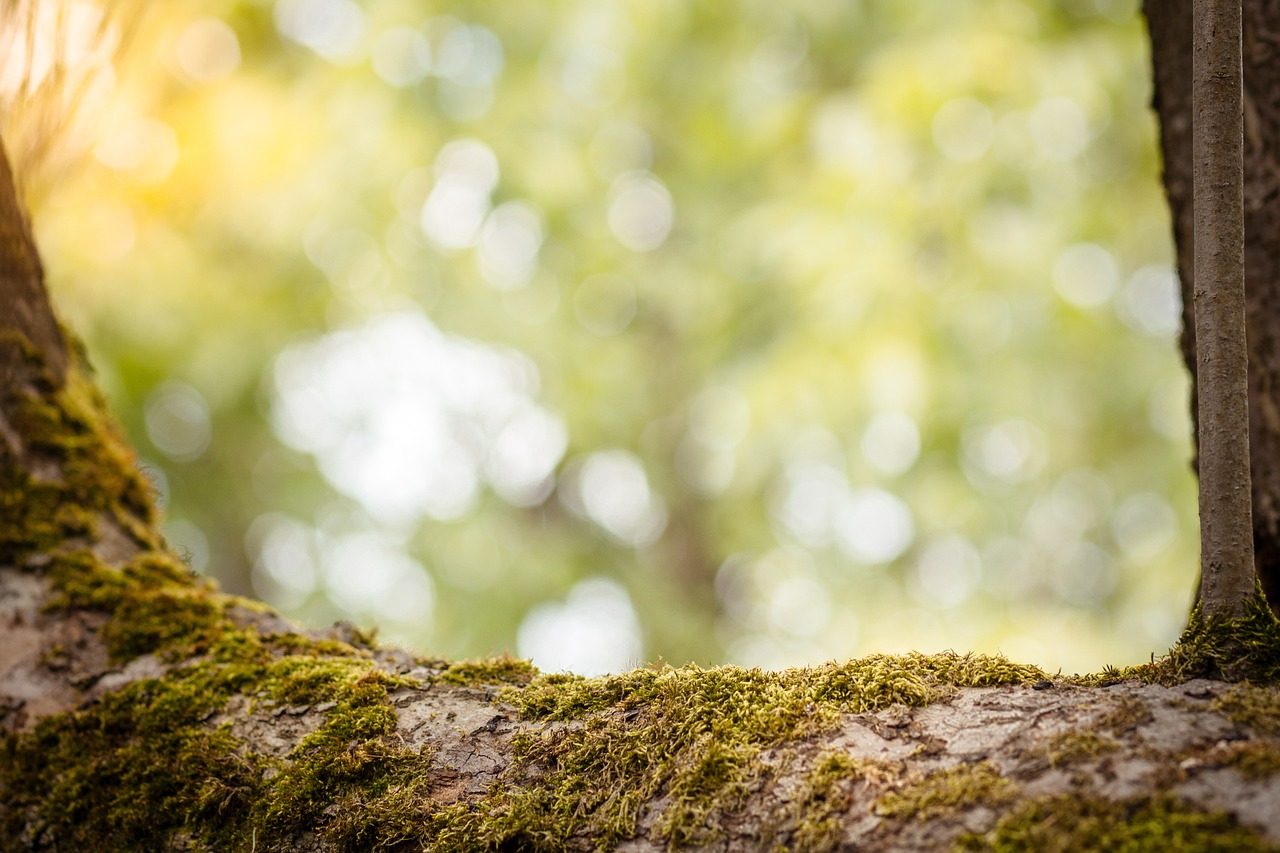
Eco-Friendly Baby Products
When it comes to parenting, one of the most rewarding yet daunting tasks is ensuring that the products we choose for our little ones are not only safe but also sustainable. The world is becoming increasingly aware of the environmental impact of our choices, and as parents, we have the unique opportunity to lead by example. By opting for eco-friendly baby products, we can significantly reduce our family's environmental footprint while ensuring that our children grow up in a safer, healthier world. But what exactly are these eco-friendly products?
Eco-friendly baby products encompass a wide range of items, from diapers and toys to clothing and feeding supplies. These products are designed with the health of our planet in mind, using materials and processes that minimize harm to the environment. For instance, many eco-friendly diapers are made from biodegradable materials, which can break down naturally rather than contributing to landfill waste. Similarly, toys made from organic materials or recycled plastics not only keep your child safe from harmful chemicals but also promote a culture of sustainability.
When selecting baby products, it's essential to look for certifications that indicate a product's eco-friendliness. Some key labels to keep an eye out for include:
- OEKO-TEX® Standard 100 - Ensures textiles are free from harmful substances.
- USDA Organic - Indicates that the product is made from organic materials.
- Green Seal - Certifies products that meet rigorous environmental standards.
Moreover, many companies are now focusing on sustainable practices throughout their production processes. This means not only using eco-friendly materials but also ensuring ethical labor practices and minimizing waste during manufacturing. By choosing brands that prioritize sustainability, you are not just buying a product; you are supporting a movement toward a healthier planet.
It's also important to consider the longevity and versatility of the products you choose. For instance, multifunctional items like convertible cribs or adjustable high chairs can grow with your child, reducing the need for frequent replacements. This approach not only saves money but also cuts down on waste, aligning perfectly with the principles of sustainable parenting.
In conclusion, selecting eco-friendly baby products is a powerful step toward raising environmentally conscious children. By making thoughtful choices today, we can ensure that our little ones inherit a world that is not only beautiful but also sustainable. So, next time you’re shopping for baby essentials, remember that every small choice counts in the grand scheme of things.
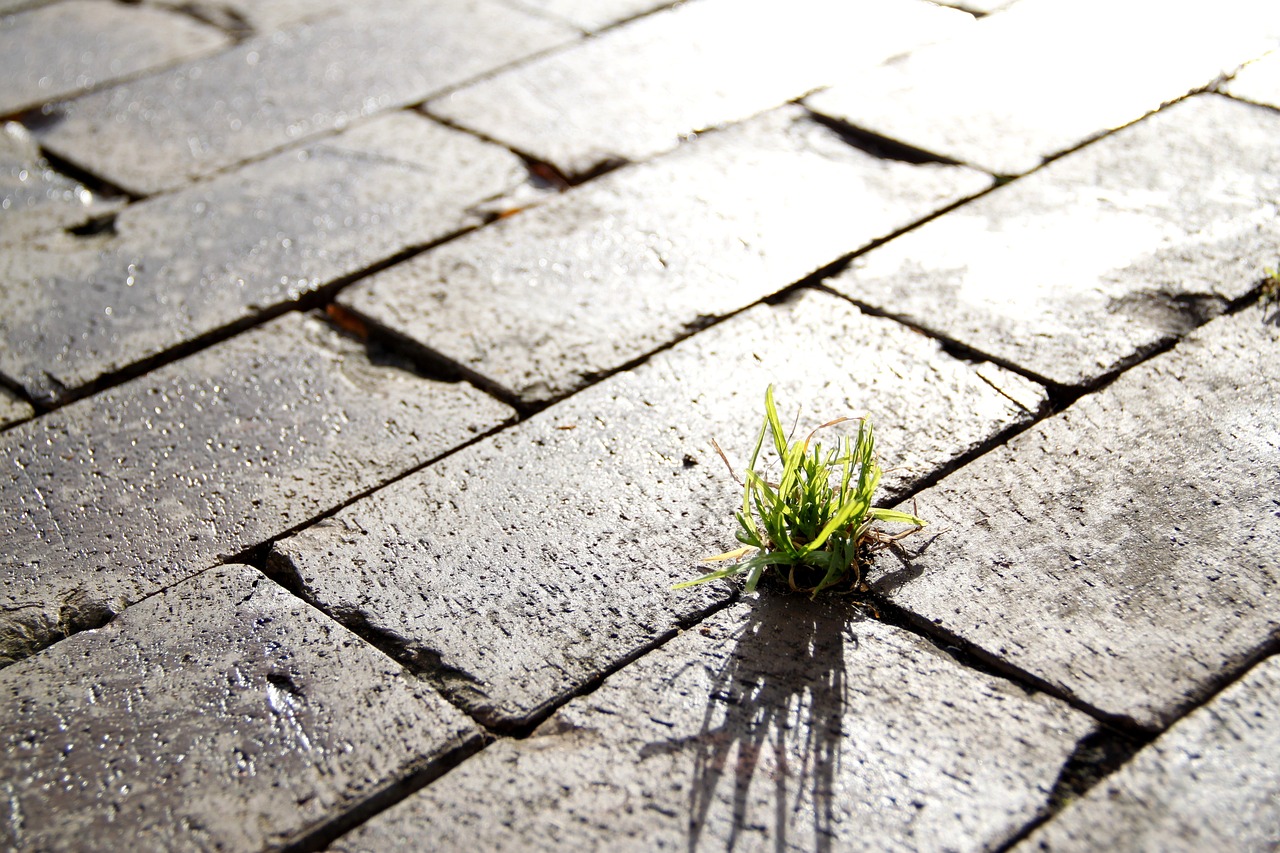
Organic Clothing Choices
When it comes to dressing our little ones, the choices we make can have a profound impact on their health and the environment. Organic clothing is becoming increasingly popular among parents who want to ensure their children are not only stylish but also safe from harmful chemicals found in conventional fabrics. By opting for organic materials, you are making a conscious decision to support sustainable farming practices, which is a win-win for both your child and the planet.
So, why should you consider organic clothing for your child? First off, organic fabrics are grown without the use of synthetic pesticides, fertilizers, or genetically modified organisms (GMOs). This means that the crops are cultivated in a way that is healthier for the soil, air, and water. Furthermore, when you dress your child in organic clothing, you are reducing their exposure to potentially harmful chemicals that can be found in traditional fabrics. Think of it this way: just like you wouldn’t want to feed your child junk food, you shouldn’t dress them in clothes that could harm their delicate skin.
In addition to being better for health, organic clothing is often made by brands that prioritize ethical production practices. Many companies that specialize in organic fabrics ensure fair wages and safe working conditions for their workers. By choosing these brands, you're not just buying clothes; you're supporting a movement towards a more equitable and sustainable fashion industry. It’s like casting a vote with your wallet!
Now, you might be wondering about the comfort and durability of organic clothing. The good news is that organic fabrics are typically softer and more breathable than their conventional counterparts. This is especially important for children, who are often more sensitive to irritants. Imagine how nice it would be for your child to wear clothes that feel good against their skin while also being eco-friendly! Plus, many organic clothing items are designed to last longer, which means you won't have to replace them as frequently, further reducing waste.
For those curious about where to find organic clothing, you might be surprised to learn that there are numerous brands and retailers dedicated to providing sustainable options. Here’s a quick overview of some reputable brands that offer organic clothing for children:
| Brand | Specialty | Website |
|---|---|---|
| Patagonia | Outdoor and activewear | patagonia.com |
| Hanna Andersson | Playful and colorful designs | hannaandersson.com |
| Mini Rodini | Stylish and trendy options | mini rodini.com |
| Earth Baby | Eco-friendly baby products | earthbaby.com |
In conclusion, making the switch to organic clothing choices for your child is not just a trend; it’s a lifestyle choice that can lead to a healthier future for them and the planet. By investing in organic fabrics, you’re choosing to prioritize their well-being and contribute to sustainable practices that will benefit generations to come. So next time you’re shopping for your little one, consider reaching for that organic label. It’s a small change that can make a big difference!
Q: What are the main benefits of organic clothing for children?
A: Organic clothing is free from harmful chemicals, softer on sensitive skin, and supports sustainable farming and ethical production practices.
Q: Is organic clothing more expensive than regular clothing?
A: While organic clothing can be pricier, its durability and the health benefits often make it a worthwhile investment in the long run.
Q: How can I ensure the clothing I buy is truly organic?
A: Look for certifications such as GOTS (Global Organic Textile Standard) or OEKO-TEX, which indicate that the fabric meets strict organic and safety standards.
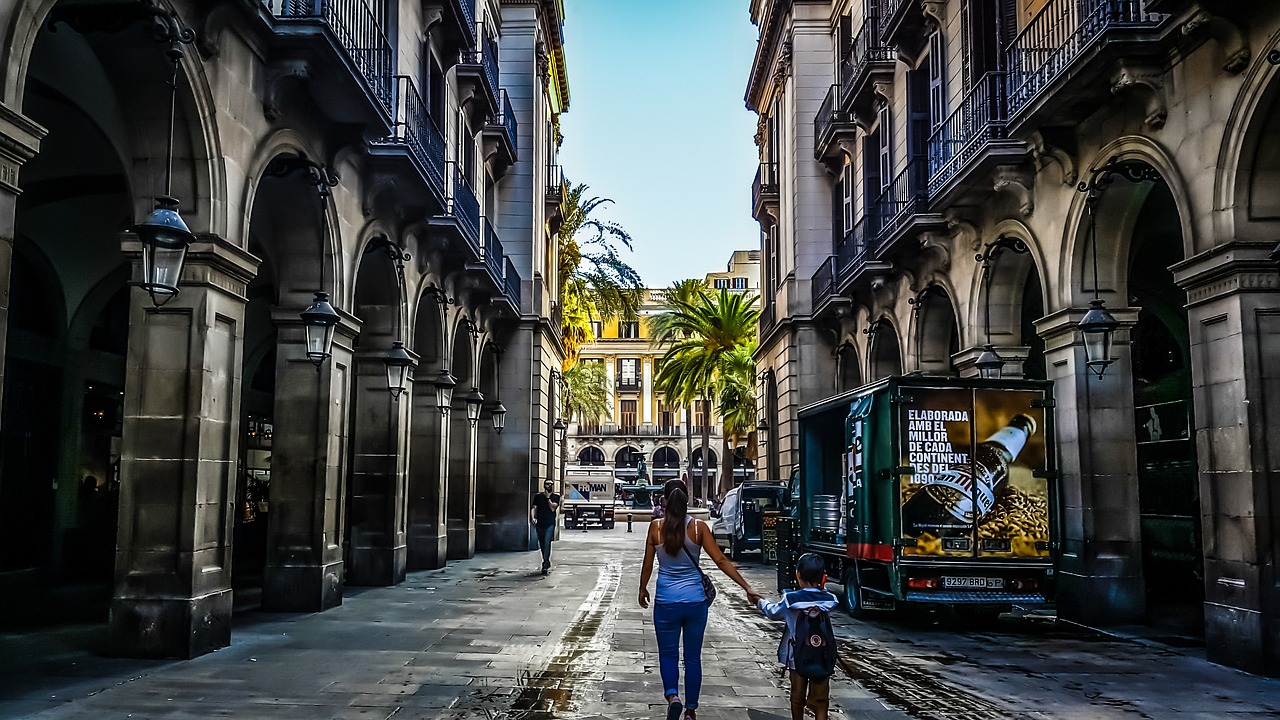
Benefits of Organic Fabrics
When it comes to dressing our little ones, the choice of fabric plays a significant role in their overall health and the environment. Organic fabrics, made from natural fibers that are cultivated without the use of harmful pesticides or synthetic fertilizers, offer a plethora of benefits that go beyond just being eco-friendly. For starters, these materials are gentler on your child's sensitive skin. Babies and toddlers often have delicate skin that can react to harsh chemicals found in conventional clothing. By opting for organic fabrics, you are essentially wrapping your child in a softer, safer alternative that minimizes the risk of skin irritations and allergies.
Moreover, organic fabrics contribute to a healthier planet. Conventional cotton farming is notorious for its heavy use of pesticides, which not only harms the environment but also affects the health of farmers and their communities. In contrast, organic farming promotes biodiversity and soil health, making it a sustainable choice for the future. When you choose organic, you're supporting practices that are better for the earth and its inhabitants. This is a powerful message to instill in our children—that their clothing choices can positively impact the world around them.
Another advantage of organic fabrics is their durability. These materials are often produced using more sustainable practices, which can lead to stronger and longer-lasting products. While it may seem tempting to buy cheaper, fast-fashion items, investing in high-quality organic clothing can save you money in the long run. After all, who wants to deal with the hassle of constantly replacing worn-out clothes? By choosing organic, you’re not just making a purchase; you’re making an investment in your child’s wardrobe that aligns with sustainable values.
Additionally, organic fabrics are often produced by brands that prioritize ethical practices. Many organic clothing companies are committed to fair labor practices, ensuring that workers are treated with respect and paid fairly. This is an important consideration for parents who want to teach their children about compassion and responsibility towards others. When you buy organic, you are supporting a movement that values people as much as it values the planet.
In summary, the benefits of organic fabrics are multifaceted. They offer a safer alternative for your child's skin, support sustainable farming practices, provide durability, and promote ethical labor practices. By making the switch to organic, you’re not only enhancing your child's wardrobe but also contributing to a healthier planet and a more equitable world. It’s a small change that can lead to significant impacts, and it’s one that you can feel good about as a parent.
- What are organic fabrics made of? Organic fabrics are made from natural fibers such as cotton, linen, and hemp that are grown without synthetic pesticides or fertilizers.
- Are organic clothes more expensive? While organic clothes can be pricier upfront, their durability and sustainability make them a cost-effective choice in the long run.
- How do I know if a product is truly organic? Look for certifications such as GOTS (Global Organic Textile Standard) or OEKO-TEX, which ensure that the fabric meets organic and safety standards.
- Can organic fabrics be stylish? Absolutely! Many brands offer trendy designs in organic fabrics, proving that sustainability and style can go hand in hand.
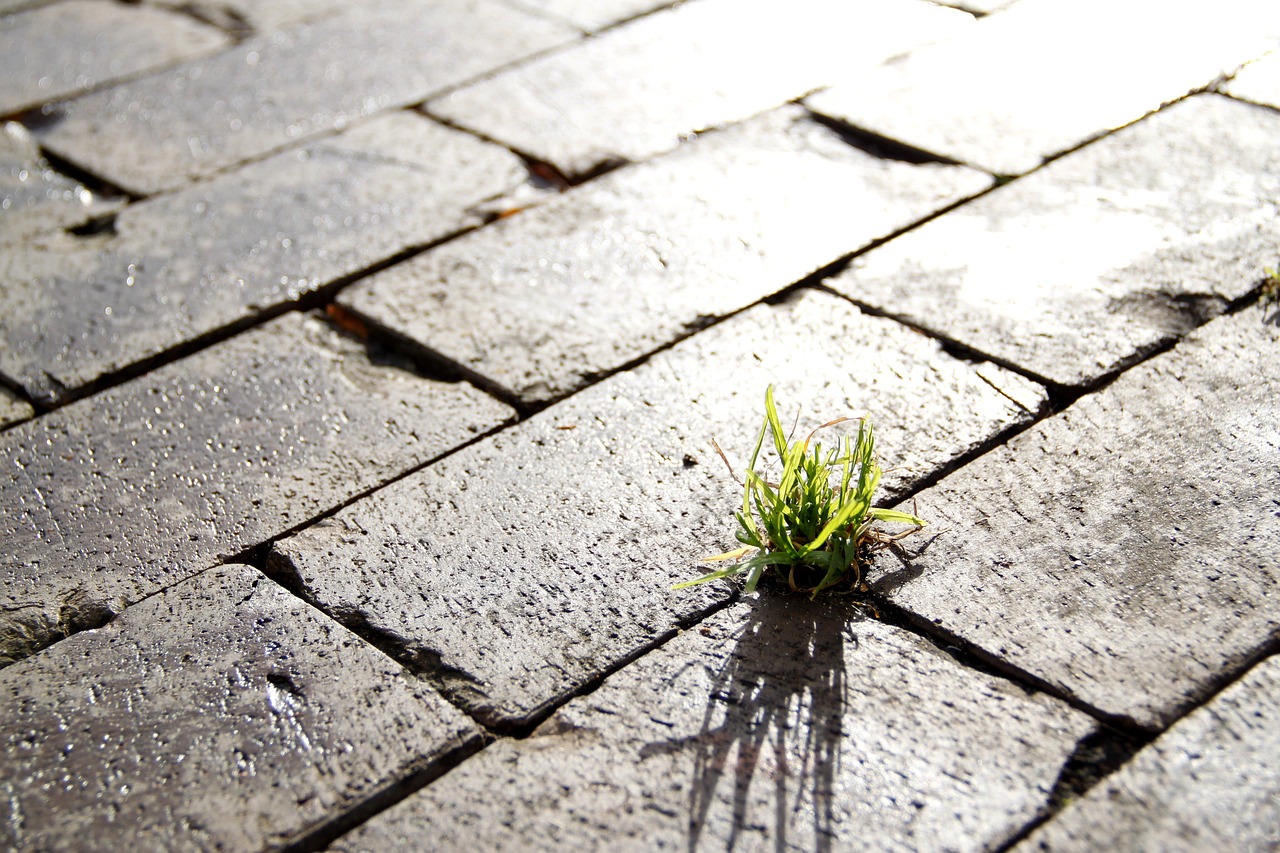
Where to Buy Organic Clothes
Finding organic clothing for your little ones can feel like searching for a needle in a haystack, but it doesn't have to be! With the growing demand for sustainable fashion, many brands are stepping up to offer eco-friendly options that are both stylish and safe for your child. When you're on the lookout for organic clothes, consider checking out a variety of retailers that specialize in sustainable materials. Here are some key places to start your search:
- Online Retailers: Websites like Etsy and Amazon have sections dedicated to organic and eco-friendly products. You can find unique pieces from independent sellers that prioritize sustainable practices.
- Specialty Stores: Brands such as Patagonia and Hanna Andersson are well-known for their commitment to organic materials. They offer a range of clothing options that are not only good for the planet but also durable enough to withstand the adventures of childhood.
- Local Boutiques: Don't underestimate the power of your local shops! Many small boutiques are now carrying organic lines, often featuring local artisans and sustainable brands. A quick visit can lead to some fantastic finds.
But why stop there? You can also explore thrift stores and consignment shops, where you might stumble upon gently used organic clothing at a fraction of the original price. It's like a treasure hunt for eco-conscious parents! Plus, buying second-hand is a fantastic way to reduce waste while still dressing your child in quality fabrics.
When shopping for organic clothes, always look for certifications such as Global Organic Textile Standard (GOTS) or OEKO-TEX. These certifications ensure that the materials used are truly organic and free from harmful chemicals, giving you peace of mind as you dress your child in sustainable fashion. Remember, choosing organic is not just about making a purchase; it’s about making a statement for a healthier planet and future generations.
Q: What are the benefits of buying organic clothes for my child?
A: Organic clothes are made from natural fibers without harmful chemicals, making them safer for your child's sensitive skin. They also support sustainable farming practices and reduce environmental impact.
Q: Are organic clothes more expensive than regular clothes?
A: While organic clothes can be pricier, consider them an investment in quality and sustainability. They often last longer and are made with better materials, which can save you money in the long run.
Q: How can I tell if a clothing brand is truly organic?
A: Look for certifications like GOTS or OEKO-TEX, which ensure the clothing meets specific organic standards. Additionally, read the brand's mission statement and product descriptions to understand their commitment to sustainability.
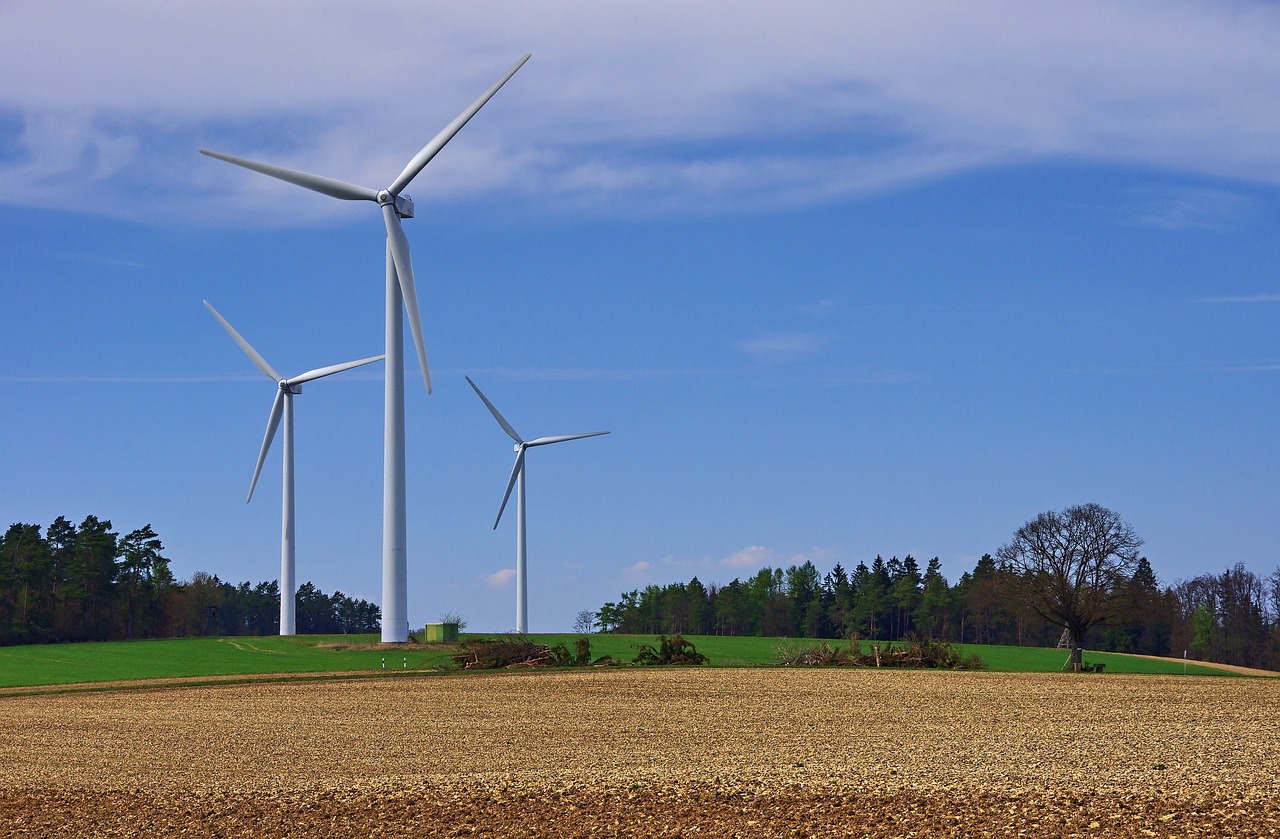
Reducing Waste in Parenting
In today's world, where environmental concerns are at the forefront of many discussions, has become more than just a trend; it's a responsibility. Every parent wants to give their child the best, but what if the best also meant being mindful of our planet? By implementing simple yet effective strategies, you can significantly decrease your family's waste footprint while teaching your children the importance of sustainability. It’s like planting a seed of eco-consciousness that will grow with them!
One of the most impactful ways to reduce waste is by embracing the concept of reuse. Instead of tossing out items that your child has outgrown, consider passing them along to friends or family, donating them, or even selling them online. This not only keeps items out of landfills but also gives them a second life. For instance, baby clothes and toys are often used for such a short period that they remain in excellent condition. Why not share the love? You might be surprised how many parents are eager to take those items off your hands!
Another effective strategy is to opt for multi-use products. Think about the classic example of a cloth diaper. While they may seem old-fashioned to some, they are a fantastic eco-friendly alternative to disposable diapers. Not only do they reduce waste, but they also save money in the long run. Additionally, items like reusable snack bags, water bottles, and even washable wipes can dramatically cut down on single-use plastics and other disposables in your household.
Moreover, incorporating a composting system in your home can be a game changer. It’s a brilliant way to manage food scraps and organic waste. Instead of sending apple cores and vegetable peels to the landfill, composting allows these materials to decompose naturally, enriching your garden soil and reducing methane emissions. It’s like turning trash into treasure! Plus, involving your kids in composting can spark their interest in gardening and the environment.
Education plays a crucial role in sustainable parenting as well. Teaching your children about waste reduction can be as simple as involving them in the recycling process. Set up a recycling station in your home where they can sort out recyclable materials. Make it a fun activity! Perhaps you can even create a recycling game to help them understand what goes where. Children learn best through play, and this is a fantastic way to instill eco-friendly habits early on.
Lastly, consider the impact of your shopping habits. When purchasing new items, always ask yourself if they are truly necessary. This is where mindful consumption comes into play. By evaluating your needs versus wants, you can make more sustainable choices that align with your family's values. Remember, every little bit counts. It’s about creating a lifestyle that prioritizes the planet, one thoughtful choice at a time.
In summary, reducing waste in parenting is not just about making changes; it’s about creating a culture of sustainability within your family. By reusing, opting for multi-use products, composting, educating your children, and making mindful purchases, you can lead by example and inspire your children to cherish and protect the environment for future generations. So, are you ready to take the plunge into sustainable parenting? Your planet will thank you!
Q1: What are some easy ways to start reducing waste at home?
A1: Start by implementing a recycling system, opting for reusable products, and composting food scraps. Involve your kids in these processes to make it fun!
Q2: Are there any specific brands that focus on eco-friendly parenting products?
A2: Yes, many brands focus on sustainability, such as Babyganics for baby care products and Thirsties for cloth diapers. Always look for certifications like organic or fair trade.
Q3: How can I teach my kids about sustainability?
A3: Make it interactive! Take them to a local farm, involve them in recycling, or even start a small garden together. The more hands-on, the better!
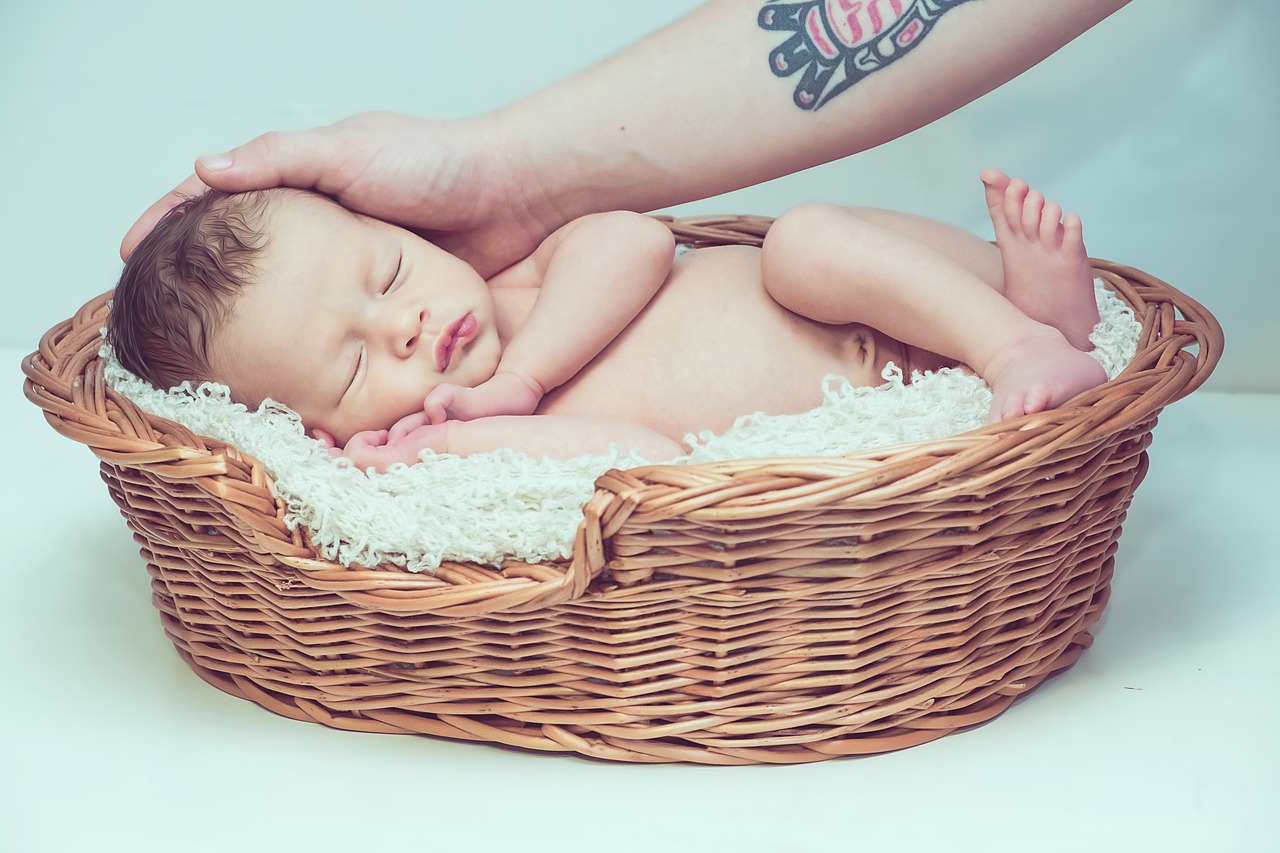
Mindful Consumption
In today's fast-paced world, where consumerism often takes center stage, emerges as a refreshing approach for parents who want to make a difference. It's all about being intentional with what we buy, focusing on quality over quantity, and making choices that align with our values. Have you ever found yourself surrounded by toys, clothes, and gadgets that your child barely uses? This is where mindful consumption comes into play, helping us navigate the overwhelming choices available and ensuring that our purchases benefit our children and the planet.
So, how do we cultivate this mindset? First, it’s essential to distinguish between needs and wants. For example, does your child truly need another toy, or would they benefit more from experiences like a trip to the zoo or a day spent in nature? By prioritizing experiences over material possessions, we not only reduce clutter but also create lasting memories. Moreover, when we do shop, we should aim for products that are durable and sustainable. Investing in high-quality items means they will last longer, reducing the frequency of replacements and, consequently, the waste generated.
Another vital aspect of mindful consumption is researching brands and understanding their practices. Are they environmentally friendly? Do they support fair labor practices? By choosing to support companies that align with our values, we contribute to a larger movement towards sustainability. This can be as simple as checking labels or visiting a brand's website to learn more about their commitment to the environment and social responsibility.
Additionally, consider the impact of packaging. Many products come wrapped in layers of plastic that end up in landfills. Opting for brands that prioritize minimal or recyclable packaging can significantly reduce our environmental footprint. It's not just about what we buy but also how it's packaged. Remember, every small change contributes to a larger goal of sustainability.
As parents, we can also teach our children the importance of mindful consumption. This could involve involving them in the decision-making process when shopping. Ask them questions like, "Do we really need this?" or "How long do you think you'll use it?" Engaging them in these discussions not only helps them understand the value of their possessions but also fosters a sense of responsibility towards the environment.
In conclusion, embracing mindful consumption as a parenting philosophy leads to a more sustainable lifestyle for our families. It encourages us to think critically about our purchases, prioritize quality, and instill values in our children that will guide them as they grow. Remember, every choice counts, and by making conscious decisions, we can help create a greener future for the next generation.
- What is mindful consumption? Mindful consumption involves making intentional purchasing decisions that consider the environmental and social impact of products.
- How can I teach my children about mindful consumption? Involve them in shopping decisions, discuss needs versus wants, and encourage them to think critically about their purchases.
- Why is quality more important than quantity? Investing in high-quality items reduces waste, as they last longer and require fewer replacements, benefiting both your wallet and the planet.
- How can I find sustainable brands? Research brands online, check their sustainability practices, and look for certifications that indicate eco-friendly and ethical production.
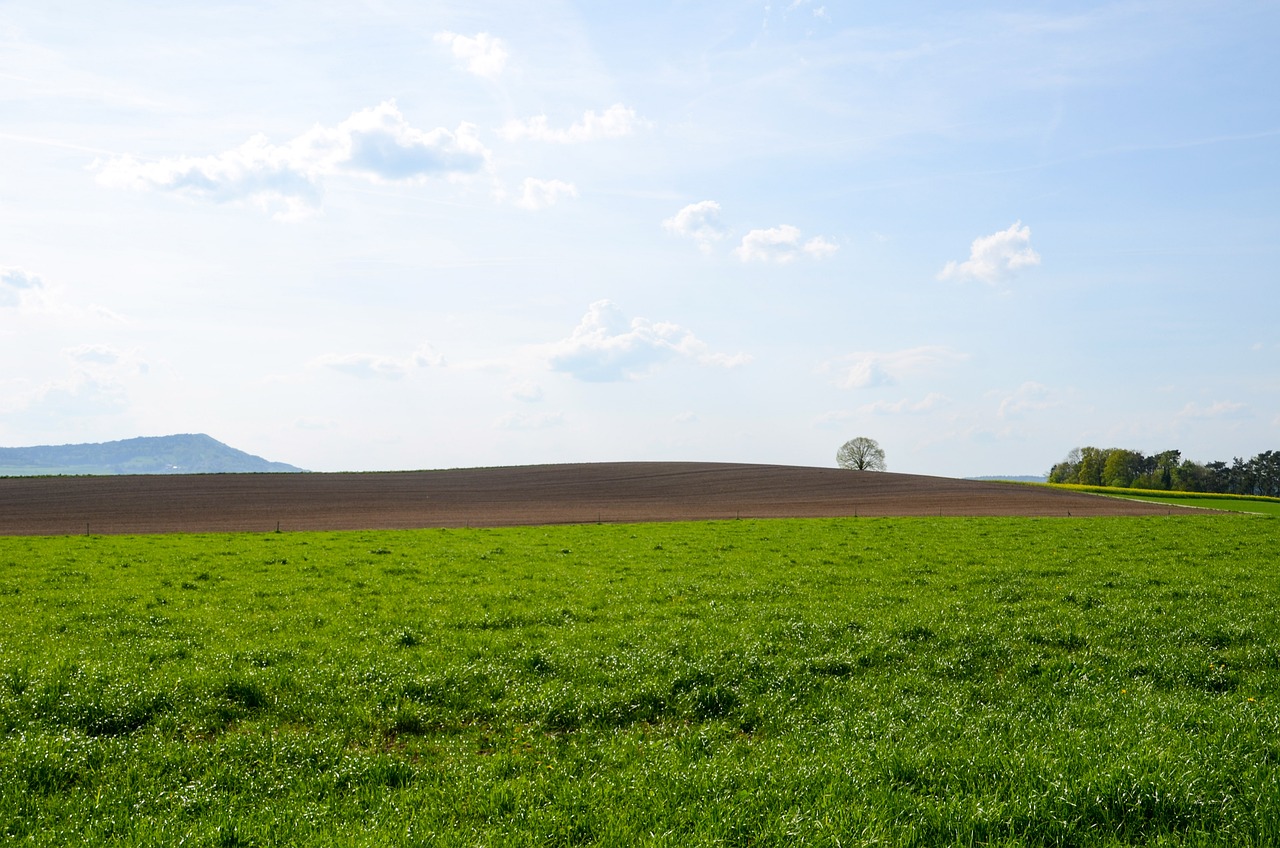
Buying Second-Hand
When it comes to sustainable parenting, one of the most impactful choices you can make is to embrace the idea of . It’s not just a trend; it’s a lifestyle that can significantly reduce your family’s carbon footprint while saving you money. Think about it: every time you opt for a gently used item instead of a brand-new one, you’re not only keeping perfectly good products out of landfills but also minimizing the demand for new manufacturing, which often comes with a hefty environmental cost. Isn’t that a win-win?
One of the best parts about shopping second-hand is the thrill of the hunt. It’s like a treasure hunt where you never know what gems you might uncover! From unique clothing pieces to vintage toys, second-hand shopping can be an adventure for both you and your child. Plus, it encourages creativity; your little one can learn to appreciate the stories behind each item. Who knows, that retro toy might just spark their imagination in ways a brand-new one never could!
In addition to the environmental benefits, buying second-hand often means you can find high-quality items at a fraction of the original price. Many parents tend to buy clothes and toys that their children outgrow or lose interest in within months. By purchasing second-hand, you’re making a choice that promotes mindful consumption. You’re not just filling your home with stuff; you’re selecting items that have already served a purpose and can continue to do so.
Here are a few tips to make the most of your second-hand shopping experience:
- Know Where to Look: Thrift stores, consignment shops, and online marketplaces like eBay or Facebook Marketplace are great places to start.
- Inspect Items Carefully: Always check for any damage or wear and tear to ensure you’re getting something safe and usable.
- Be Open-Minded: Sometimes the best finds are not what you were initially looking for. Keep an open mind and be ready to explore!
In summary, buying second-hand is more than just a shopping choice; it’s a lifestyle that reflects your commitment to sustainable parenting. It encourages your children to value resources, promotes creativity, and ultimately contributes to a healthier planet. So next time you need something for your little one, consider hitting up a thrift store or browsing online for second-hand options. Your wallet—and the Earth—will thank you!
Q: Is buying second-hand really better for the environment?
A: Absolutely! Buying second-hand reduces waste and decreases the demand for new products, which often require significant resources to produce.
Q: What types of items can I buy second-hand for my child?
A: You can find a wide range of items, including clothing, toys, books, and even furniture. Just make sure to inspect them for safety and quality.
Q: How do I ensure the items I buy are safe for my child?
A: Always check for recalls, inspect for any damage, and avoid items that may have small parts that could be a choking hazard.
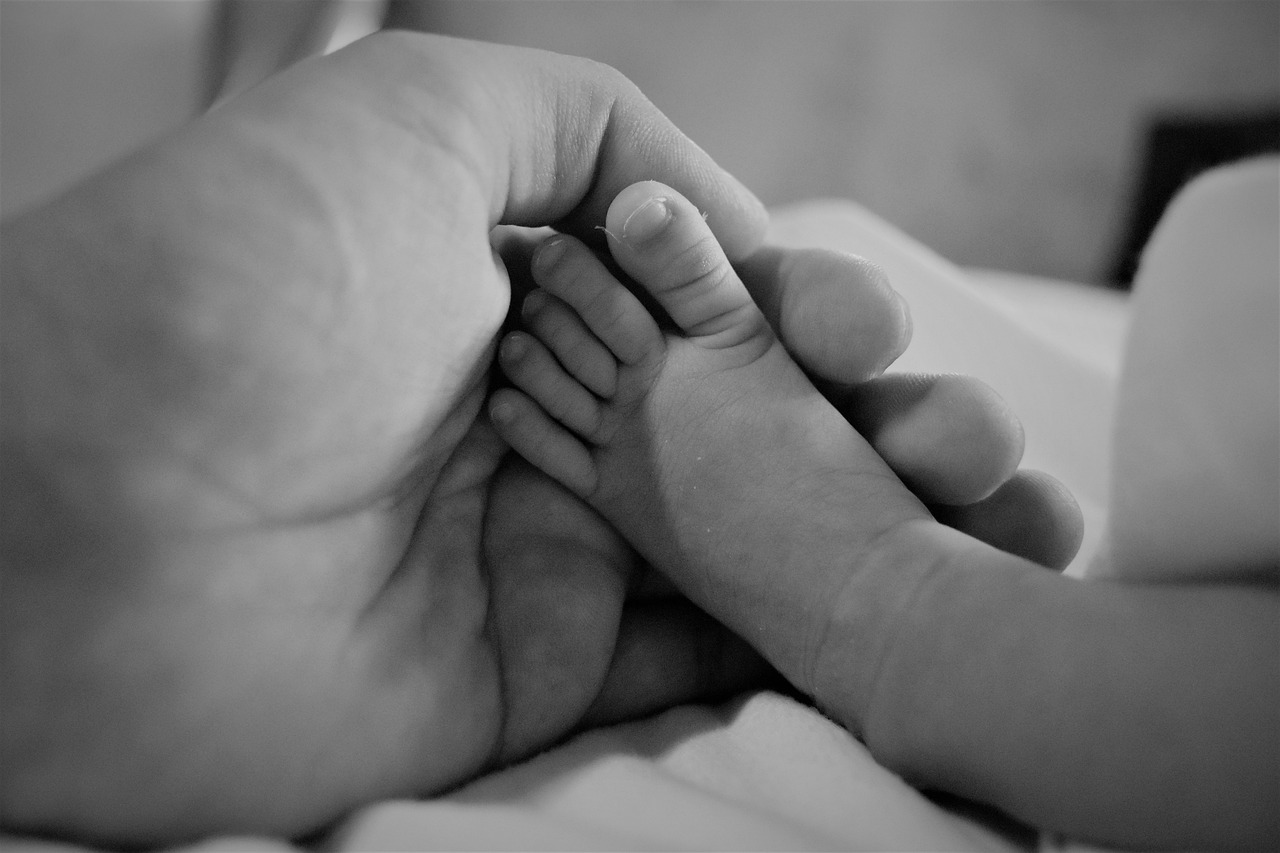
Choosing Quality Over Quantity
In today's fast-paced world, it's all too easy to fall into the trap of buying more than we need, especially when it comes to our children. However, when we embrace the philosophy of , we not only make smarter financial decisions but also contribute to a more sustainable future. Imagine this: instead of filling your child's closet with numerous cheap clothes that wear out quickly, what if you invested in a few high-quality pieces that last longer and withstand the test of time? It's like choosing a sturdy tree that will provide shade for years over a flimsy flower that wilts in a week.
When selecting items for your little ones, consider the long-term benefits of durable and well-made products. High-quality items may come with a higher price tag initially, but they often save you money in the long run. Think about it—how many times have you had to replace cheap toys or clothing that fell apart after just a few uses? By investing in quality, you're not just purchasing a product; you're making a conscious choice to reduce waste and promote sustainability.
Moreover, quality products often come from brands that prioritize ethical manufacturing practices. Many of these companies use eco-friendly materials and fair labor practices, ensuring that your purchases support a healthier planet and a fair economy. For instance, when you buy a beautifully crafted wooden toy instead of a mass-produced plastic one, you're not just getting a toy; you're also supporting sustainable forestry and reducing plastic pollution.
Another aspect to consider is the emotional and developmental benefits of quality items. Children often develop a deeper attachment to well-made toys or clothes that are designed to last. These items can become cherished possessions that spark creativity and imagination, rather than just fleeting objects that get tossed aside. For example, a handcrafted wooden train set can provide hours of imaginative play, while a cheap plastic toy may end up in the landfill after a few days of use.
So, how can you ensure that you're making quality choices for your family? Here are some tips:
- Research brands that focus on sustainability and ethical practices.
- Look for items made from natural materials, such as organic cotton or sustainably sourced wood.
- Read reviews and seek recommendations from other parents about durable products.
- Consider the lifespan of the product and whether it can be passed down or reused.
In conclusion, choosing quality over quantity isn't just a shopping mantra; it's a lifestyle choice that benefits both your family and the planet. By being mindful of your purchases, you can create a home filled with meaningful, lasting items that enrich your child's life while also contributing to a more sustainable world. Remember, every time you choose a quality product, you're making a statement about what you value and the legacy you want to leave for future generations.
Q: Why is it important to choose quality over quantity in parenting?
A: Choosing quality over quantity helps reduce waste, supports sustainable practices, and often saves money in the long run by investing in durable products that last longer.
Q: How can I identify quality products?
A: Look for brands that prioritize sustainability and ethical manufacturing. Research materials used, read reviews, and consider the longevity of the product.
Q: Are quality products more expensive?
A: While quality products may have a higher upfront cost, they often save you money over time due to their durability and longevity.
Q: Can I find quality items for children second-hand?
A: Yes! Many second-hand items, especially clothing and toys, can be of high quality and are a great way to practice sustainability while saving money.
Frequently Asked Questions
- What is sustainable parenting?
Sustainable parenting is all about raising children in a way that respects and protects the environment. It involves making choices that consider the impact on the planet, from the products we use to the habits we instill in our kids. Think of it as planting seeds for a greener future!
- How can I choose eco-friendly baby products?
Choosing eco-friendly baby products is easier than you think! Look for items made from organic materials, biodegradable diapers, and toys free from harmful chemicals. Brands that prioritize sustainability often have certifications or labels that can guide your choices. It’s like giving your baby a gentle hug from Mother Nature!
- Why should I buy organic clothing for my child?
Organic clothing is a fantastic choice because it’s made without harmful pesticides and chemicals, which means it’s safer for your child's sensitive skin. Plus, it supports sustainable farming practices! It’s like wrapping your little one in a cozy, eco-friendly blanket.
- Where can I find organic clothing for kids?
Finding organic clothing can be a bit of a treasure hunt, but there are many reputable brands and online stores dedicated to eco-friendly apparel. Check out local boutiques, online retailers, and even thrift stores that might carry sustainable options. It’s all about being resourceful!
- What are some tips for reducing waste in parenting?
Reducing waste can be as simple as adopting a few mindful habits. Consider using cloth diapers, repurposing toys, and recycling whenever possible. You can also involve your kids in these practices to teach them the importance of caring for our planet. It’s like turning waste into a fun family project!
- How can I practice mindful consumption?
Mindful consumption is about making thoughtful choices. Before buying, ask yourself if the item is a need or a want. Opt for products that align with your sustainable values, and don’t hesitate to invest in quality items that last longer. It’s all about being intentional with your purchases!
- What are the benefits of buying second-hand?
Buying second-hand is a win-win! It helps reduce waste, saves money, and often uncovers unique treasures. Plus, it’s a great way to give items a second life while teaching your kids the value of reusing. Think of it as a sustainable shopping adventure!
- Why is quality over quantity important in parenting?
Investing in quality items means you’re choosing durability and functionality over a pile of cheap stuff that won’t last. This approach not only saves you money in the long run but also minimizes waste. It’s like building a solid foundation for your family’s sustainable lifestyle!



















